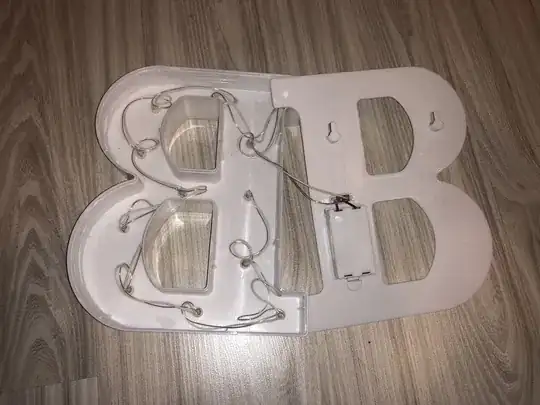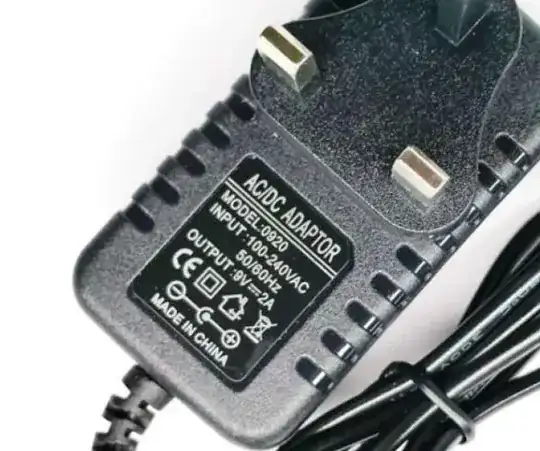Am I on the right track?
No.
- Your drawing shows that you are applying 9 V to each battery point.
- If you look at your battery holders you will see that at one end the terminals are connected. This connection would short out your red and blue wires giving you 0 V everywhere and overheating your power supply.

simulate this circuit – Schematic created using CircuitLab
Figure 1. Correct wiring. This is a series connection of three 3 V devices to a 9 V supply. Note that the 'loop' is built in to your battery packs already.
If the three units are identical and will draw the same current then you can wire as shown in Figure 1.
Now that you've posted a photo it's clear that your devices are 11 x white LEDs in parallel driven by a 3 V batter pack. There is a problem here. Unlike bulbs, LEDs are very sensitive to voltage. A small change in voltage can cause a large change in current - maybe enough to destroy them. The AA cells have some internal resistance and this causes the voltage at the battery terminals to decrease as current drawn increases. The effect is to give you a crude current limiting circuit built into the batteries.
You can use the circuit I've drawn if
- The power supply voltage is no greater than 9 V - maybe 9.5 V.
- The letters all have the same number of LEDs. If they don't then letters with more LEDs will draw more current and the ones with less LEDs will have to share that current between fewer LEDs.

simulate this circuit
Figure 2. Note that each letter lamp has multiple LEDs in parallel. This arrangement, while not ideal, at least has the same number of LEDs (and current paths) in each letter lamp.

simulate this circuit
Figure 3. With half the LEDs removed from the middle letter lamp the remaining half have to carry twice the current. They might not like this.
I have an article on Parallel LEDs which may be instructive.





